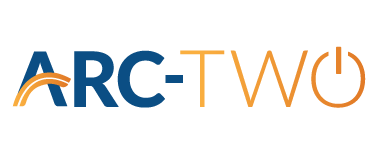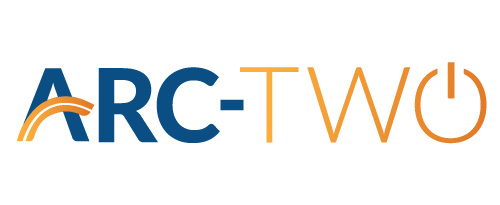
Segregating Cost to Reduce Property Tax
Public utilities incur and report costs in construction that are unique to their industry. While most of the construction dollars are additive to the resulting assets which are then rendered to the jurisdiction, others are simply the result of the entity being a public utility. Where possible and allowable, these companies can undertake segregation programs to identify these non-value costs either directly on the rendition or in obsolescence calculations.
Step 1: Identify Costs
The first step to segregating costs is rooting down to the source of cost. For many companies, this starts by reviewing individual cost elements. This can be a time-consuming and maze-like process that weaves through a long list of questions:
- Is it additive to the value of the asset?
- What types of construction is that cost element charged for?
- How is it charged internally?
- Is this something that contractors have to break out?
- How has the usage of the cost element changed over time?
The answers to these questions result in the identification of a set of excludable (or partially excludable) cost elements.
Step 2: Capture Costs
The next step is how to capture these costs. It will be necessary to capture the true cost and the “modified” cost in an automated way that doesn’t add to the company’s compliance burden. This requires an understanding and possible changes between GL, AP and project accounting systems, both to configuration and potentially historical data. It is important to have tight integration and data flow between your accounting systems and your property tax compliance system so that true cost and modified cost are easily accessible.
Step 3: Monitor Costs
The final step is monitoring to ensure that these segregated costs are being captured consistently in the organization. It is going to be important to identify this proactively as construction projects are completed and unitized throughout the year versus getting an unwelcome surprise during reporting season.
In summary, identifying non-value-added costs can have a significant impact on reported market value and therefore reduce the property tax burden. A comprehensive segregation program can identify short- term benefits and produce significant long-term results.
Contact Arc-Two today to learn more!


